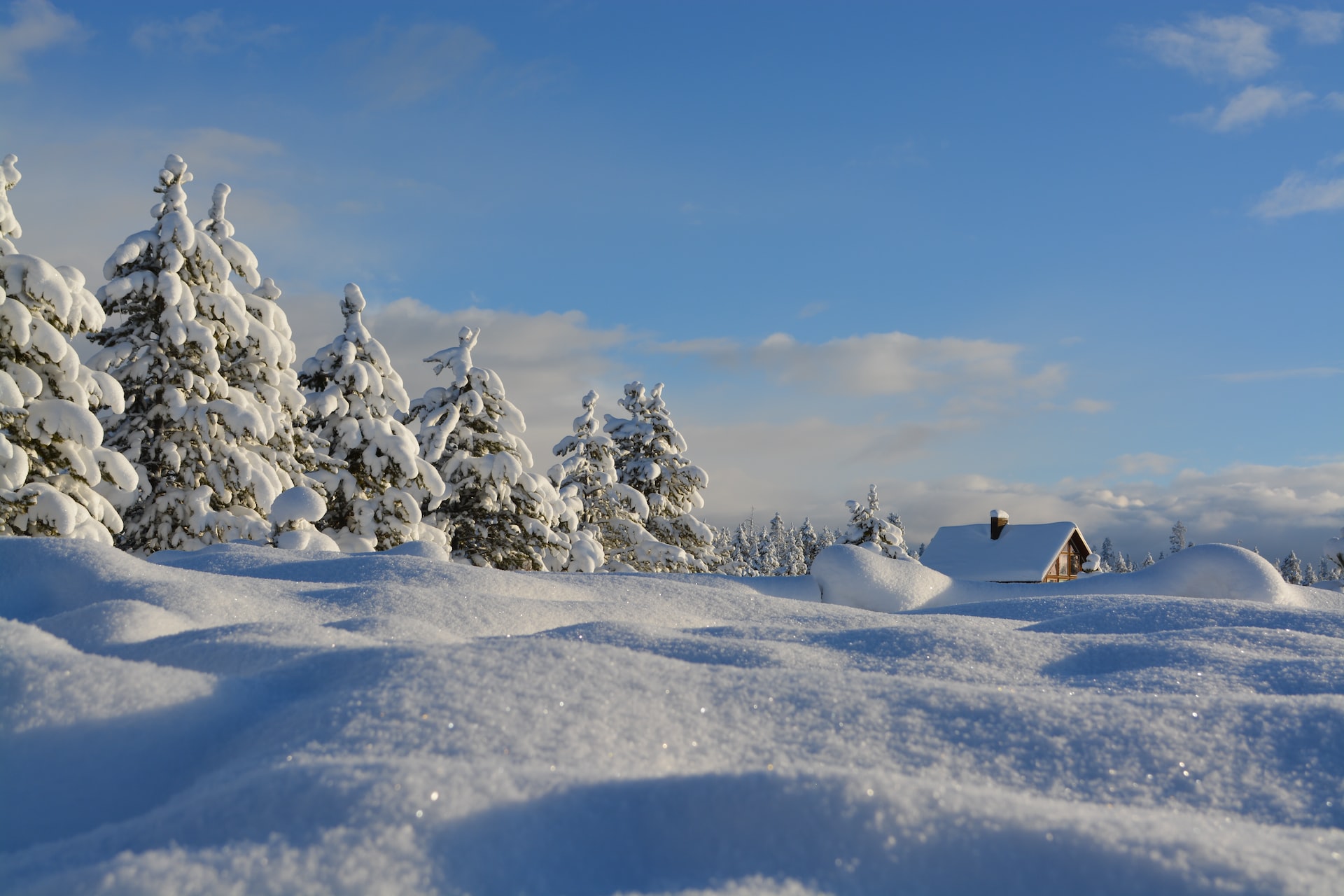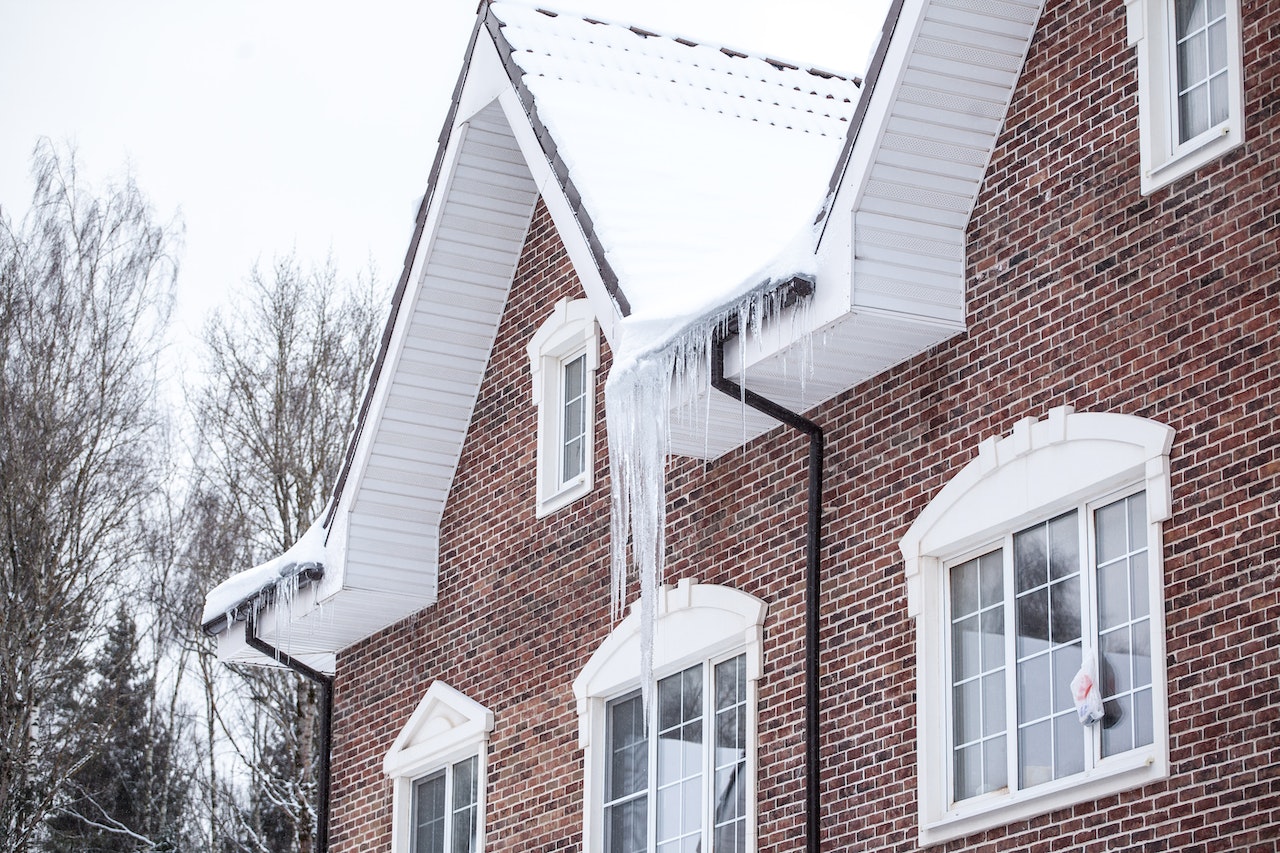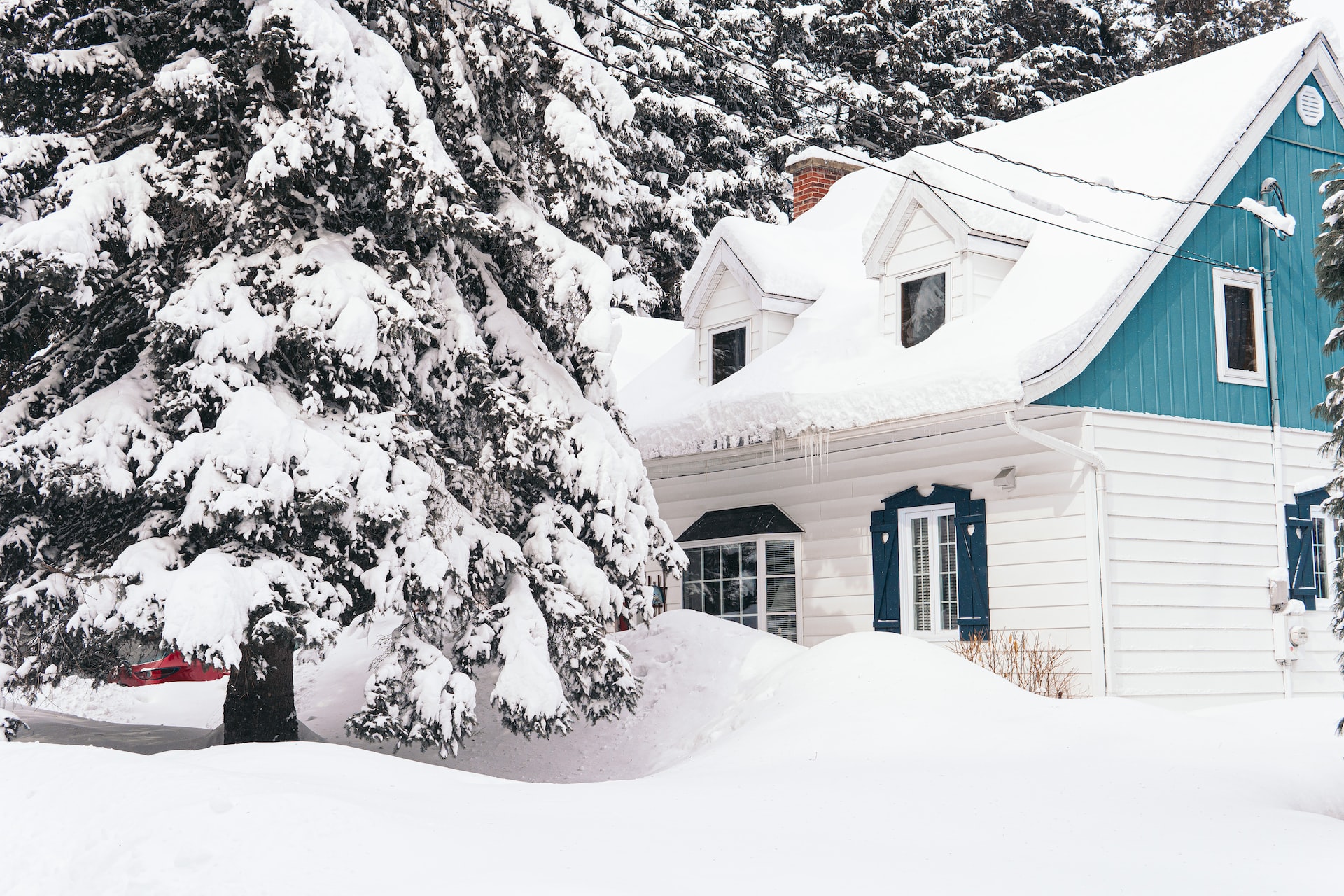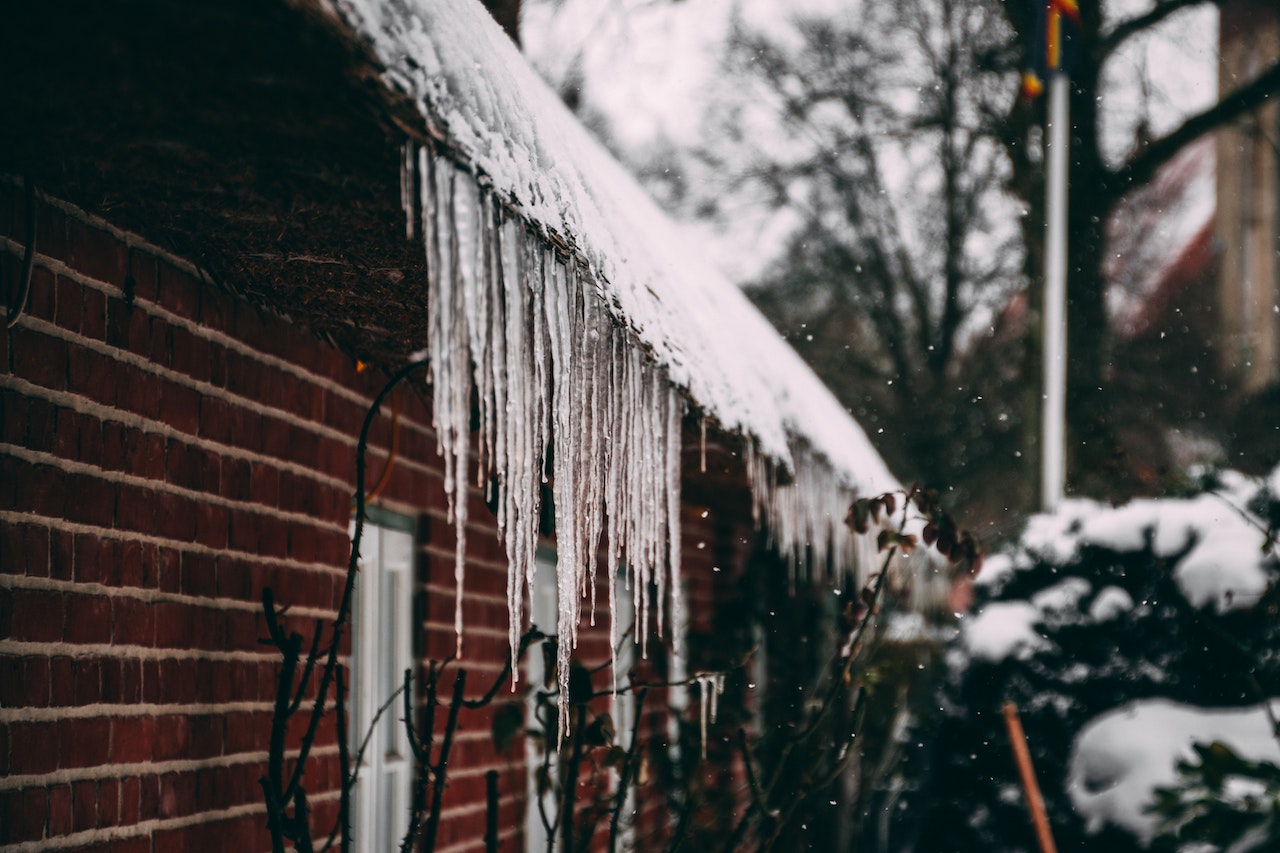Snow Removal
Living in a colder climate comes with some advantages—like the beauty of snow-capped mountains and trees. But it also comes with some challenges, like having to remove snow and ice from your roof. Winter weather can wreak havoc on your home, and one of the most vulnerable areas is your roof. Heavy snow and ice accumulation can cause extensive damage, leading to costly repairs. That’s why it’s important to remove snow and ice from your roof as soon as possible after a storm. Not only is it a pain to have to clear your roof every time it snows, but it can also be dangerous. It’s important to know how and when to remove snow and ice from your roof. But how do you do it safely? Read on to find out.
When to Remove Snow from Your Roof

When it comes to snow removal, timing is everything. If you wait too long, you risk the formation of dangerous ice dams that could weaken the structural integrity of your roof and lead to serious damage. For this reason, you should consider removing snow from your roof after there are 6 inches or more of snow on the ground. Additionally, if you experience a significant snowstorm with 2 or more feet of snow accumulation, it is best to take preemptive action and remove as much as possible.
If you have a flat roof, it is even more important to clear any buildup of snow in a timely manner due to its increased vulnerability to both damage and collapse. For these types of roofs, it is best to check regularly for icy buildup and removal so that any potential problems can be addressed before they become severe. Ultimately, taking precautions during heavy snowfall will ensure that your home stays safe and secure throughout the winter season.
How to Remove Snow Safely
Stay on the Ground
Now that you know when you should remove the snow, let’s talk about how to do it safely. First, always stay on the ground. It may be tempting to climb up on your roof to clear the snow, but this is extremely dangerous and should be avoided at all costs. The safest way to remove snow and ice from your roof is to stay on the ground. If you have a one-story home, this shouldn’t be a problem. But if you have a two-story or higher home, you’ll need to use a roof rake.

Use a Roof Rake
If you can’t reach all of the snow on your roof with a ground rake, you’ll need to use a roof rake. A roof rake for snow is a long-handled tool that allows you to reach the snow on your roof without having to climb up onto the roof itself. Just be sure to use caution when using a roof rake, as there is a risk of damaging your shingles if you’re not careful. If you don’t have a roof rake or can’t reach all of the snow, consider hiring a professional to do the job for you.
Hire a Professional
If you don’t feel comfortable removing the snow and ice from your roof yourself, hire a professional that offers snow removal services to do it for you. This is probably the safest option, as professionals have the experience and equipment necessary to safely and effectively remove snow and ice from your roof.
Removing snow from your roof can be a daunting task, but it’s important to do in order to prevent damage to your home and keep yourself safe. Luckily, there are several ways to safely remove snow and ice from your roof. You can stay on the ground and use a long-handled tool like a snow rake or a roof rake. Or, you can hire a professional who has the experience and equipment necessary to safely remove the snow and ice for you. Whichever method you choose, just be sure to take precautionary measures so that you don’t end up injuring yourself or damaging your home in the process.
How to Prevent and Remove Ice Dams

What Is an Ice Dam?
An ice dam is a wall of ice that forms at the edge of a roof during cold weather. Ice dams can cause serious damage to your home, including leaking roofs and water damage to ceilings, walls, and insulation. Fortunately, there are some things you can do to prevent or remove ice dams.
Attic Insulation and Ventilation
One of the best ways to prevent ice dams is to ensure your attic is properly insulated and ventilated. Adequate insulation keeps your roof near the same temperature as it is outside, which helps prevent heat build-up in your attic that can melt snow on your roof and create an ice dam. Good ventilation also helps regulate the temperature in your attic by moving warm air out and cold air in. To check if your attic is properly insulated, confirm the R-value of your insulation. Energy professionals recommend an R-value of up to 60. You can also look for any visible gaps or holes where heat could be escaping.
Ice and Water Shield
Another preventative measure you can take is to install an ice and water shield from the eaves of your roof (the part that extends beyond the exterior walls of your home) all the way up to at least two feet past the exterior walls of your house. This ensures that melting snow will have a barrier to drain off of so it does not back up and leak into your home through any cracks or openings.
Deicing Cables
You could also install heated deicing cables near the edge of your roof before the first winter storm hits. Roof de-icing cables are a great way to keep your home safe from snow and ice during the winter months. These special wires use electricity to generate heat, which melts the snow and ice that accumulates on the roof. As the water flows off the roof, it forms channels or “pathways” through the snow and ice. This helps to prevent major issues like ice dams or water damage, keeping your home safe and dry throughout the winter season. Deicing cables are easy to install and are controlled by a thermostat, so they will only turn on when necessary—saving you money on energy bills!
Additional Ice Removal Tips
If you already have an ice dam or are in need of further preventative measures, there are a few things you can do. First, find a good contractor who specializes in preventing and removing ice dams. A professional will be able to properly assess the situation and find the source of an ice dam so they can propose an adequate fix. Secondly, use a roof rake (a long-handled rake designed specifically for this purpose) to remove snow from your roof after each storm. Be careful not to damage shingles while doing this.
While icicles hanging from rooftops may look pretty, they are actually a warning sign that an ice dam might be forming—and that’s not something you want. Ice dams can cause serious damage to your home by backing up water and leaking into cracks or openings in ceilings, walls, insulation, and other structural elements. Luckily, there are steps you can take to prevent this costly issue. By following the tips in this blog post, you can rest assured knowing you’ve done everything you can to keep ice dams at bay this winter season!

